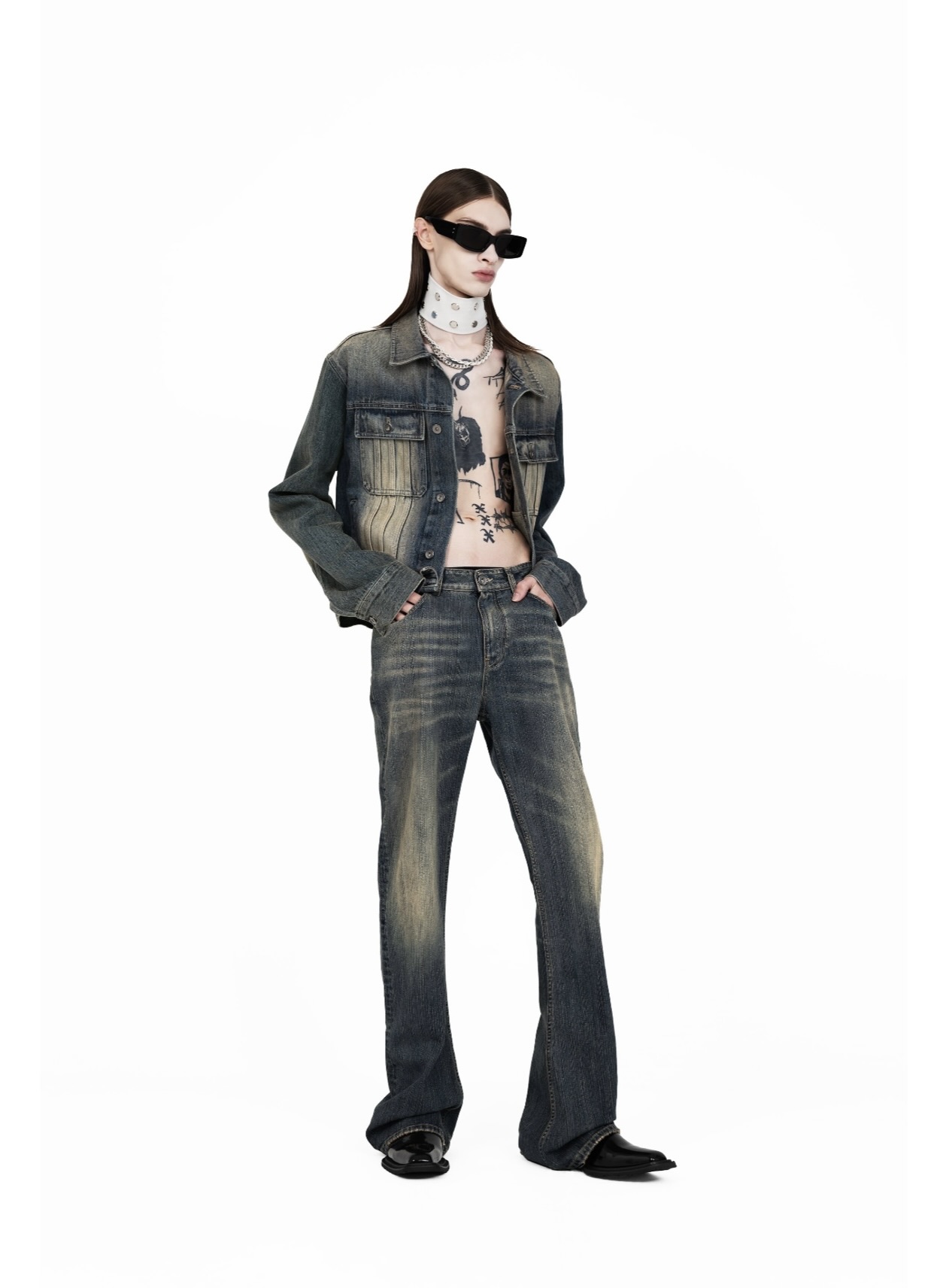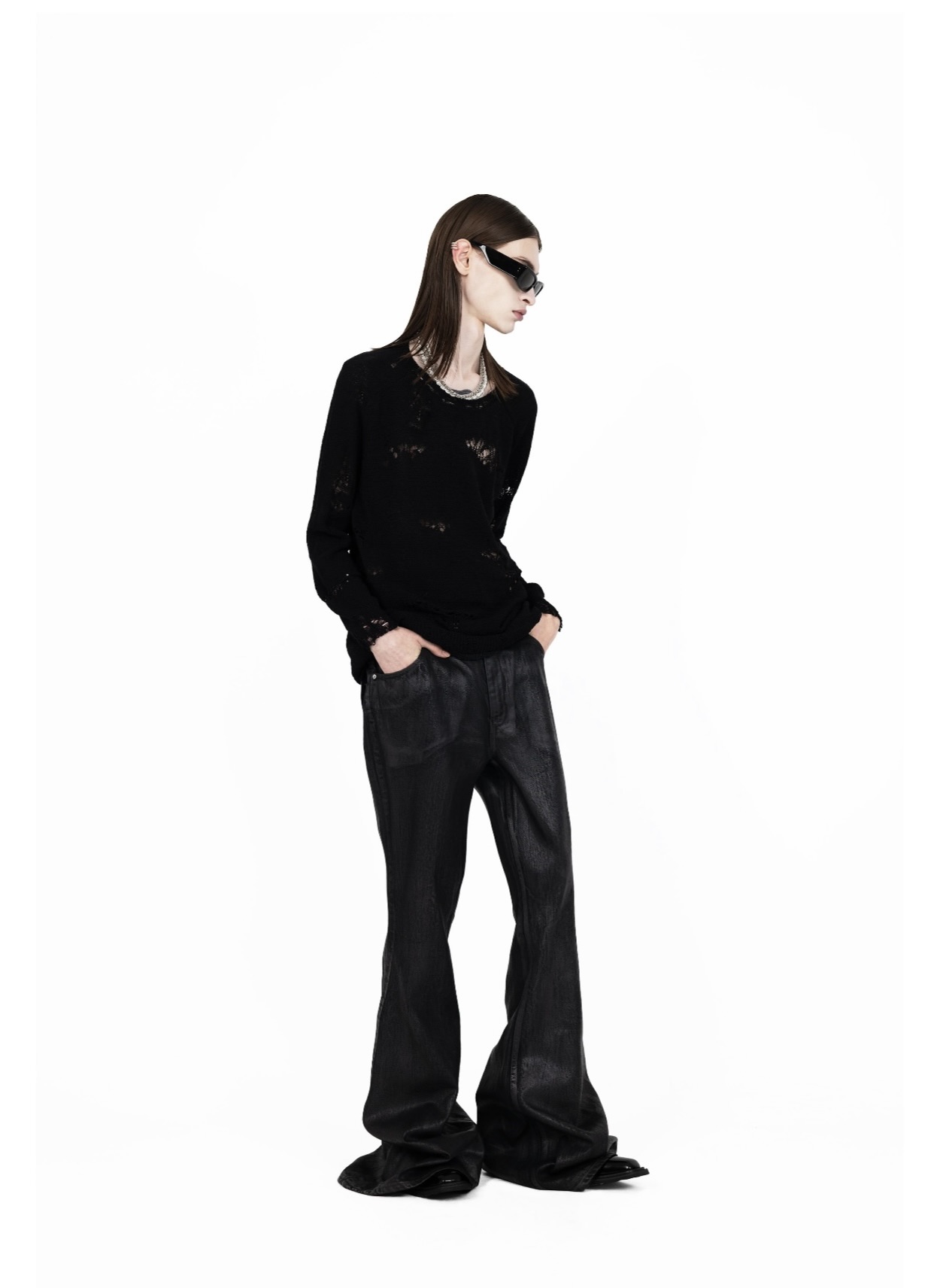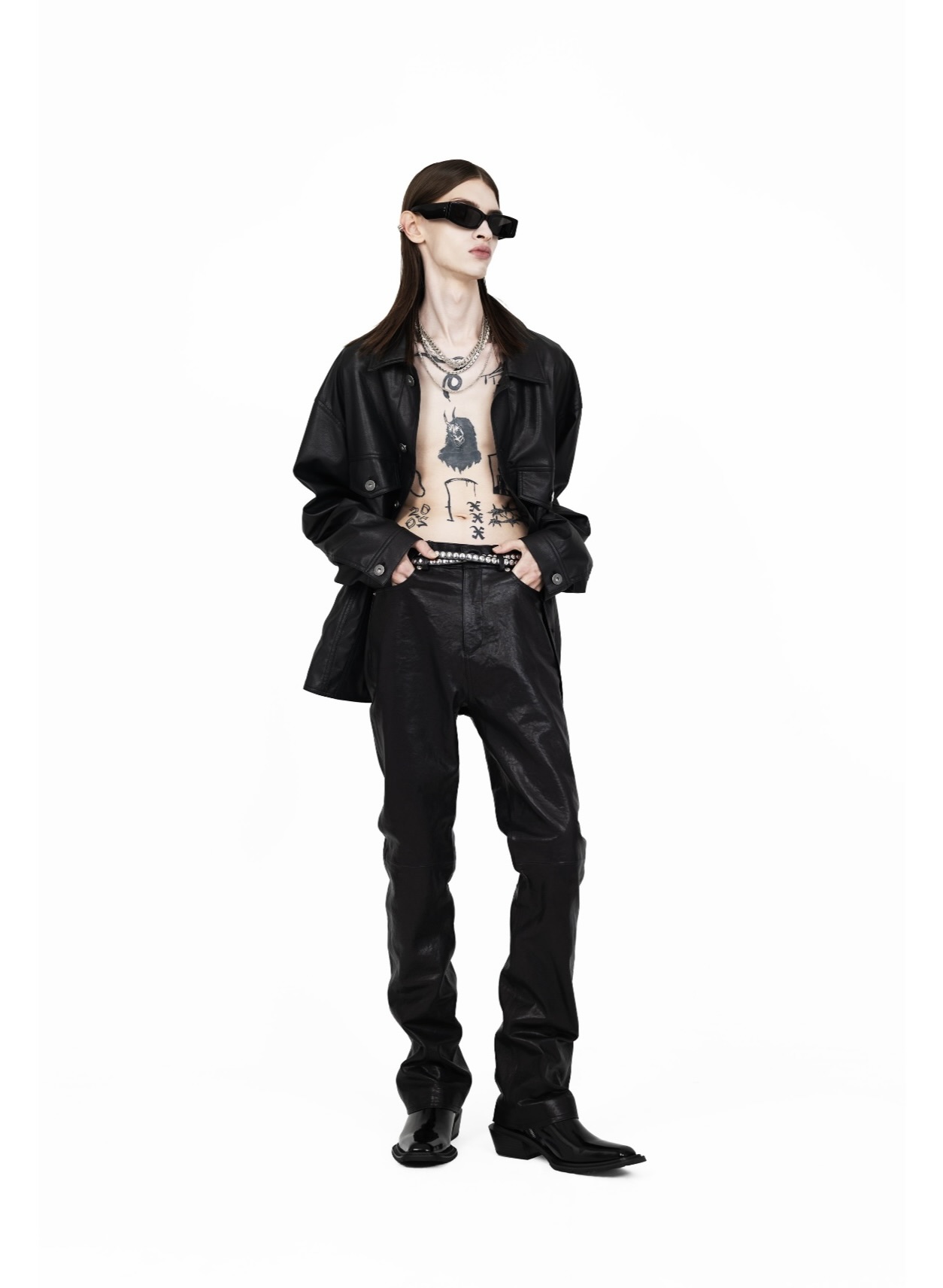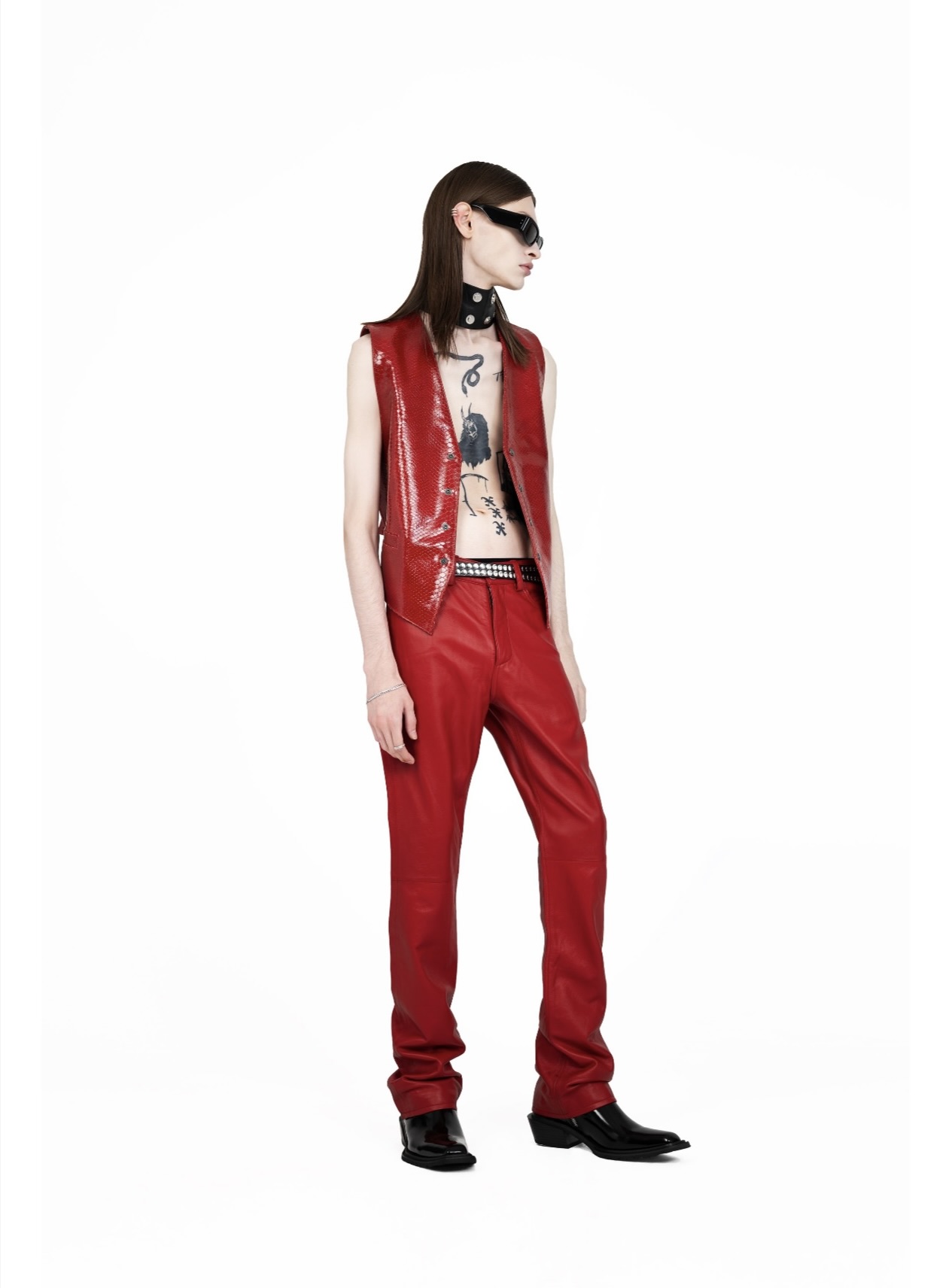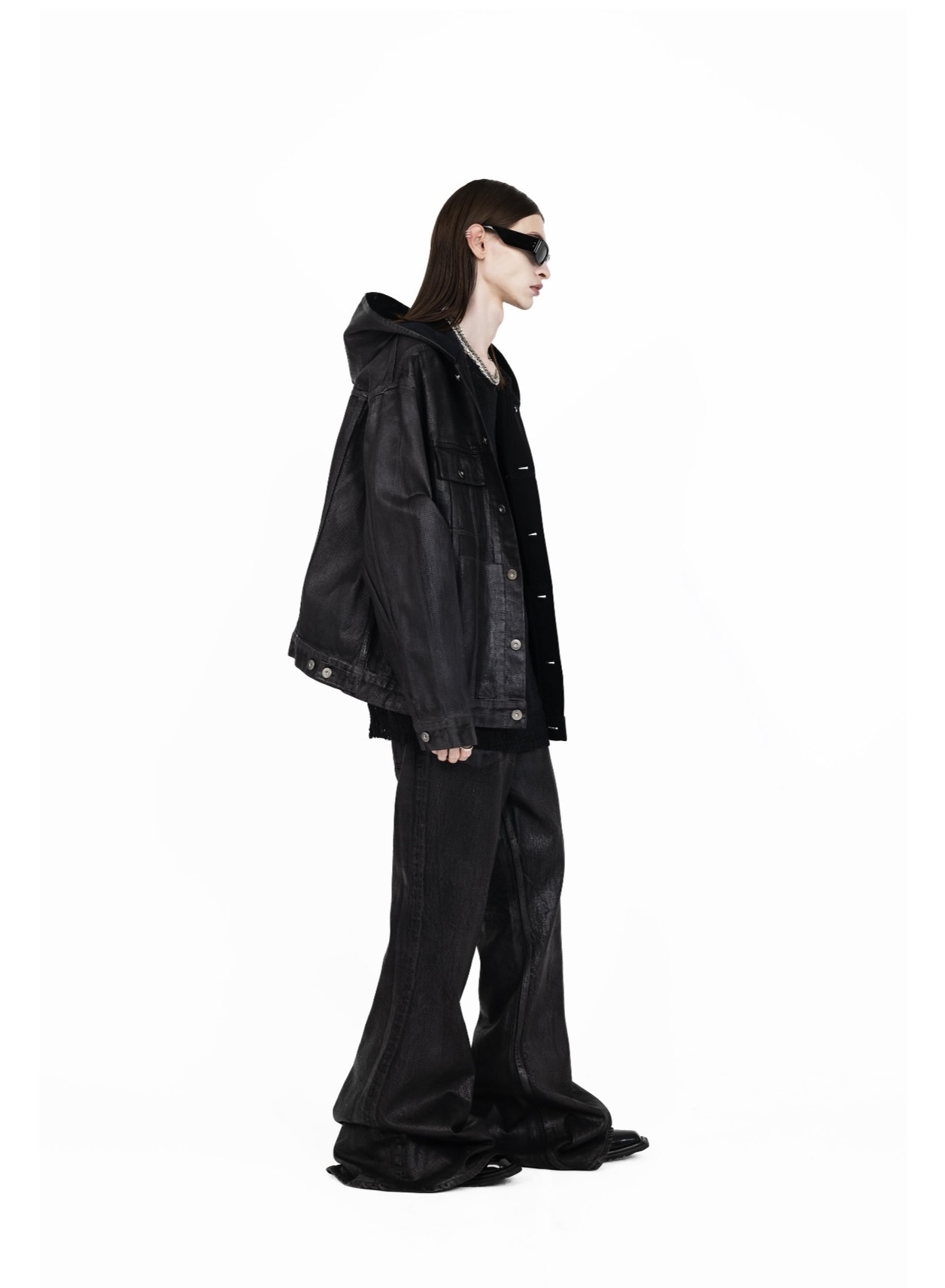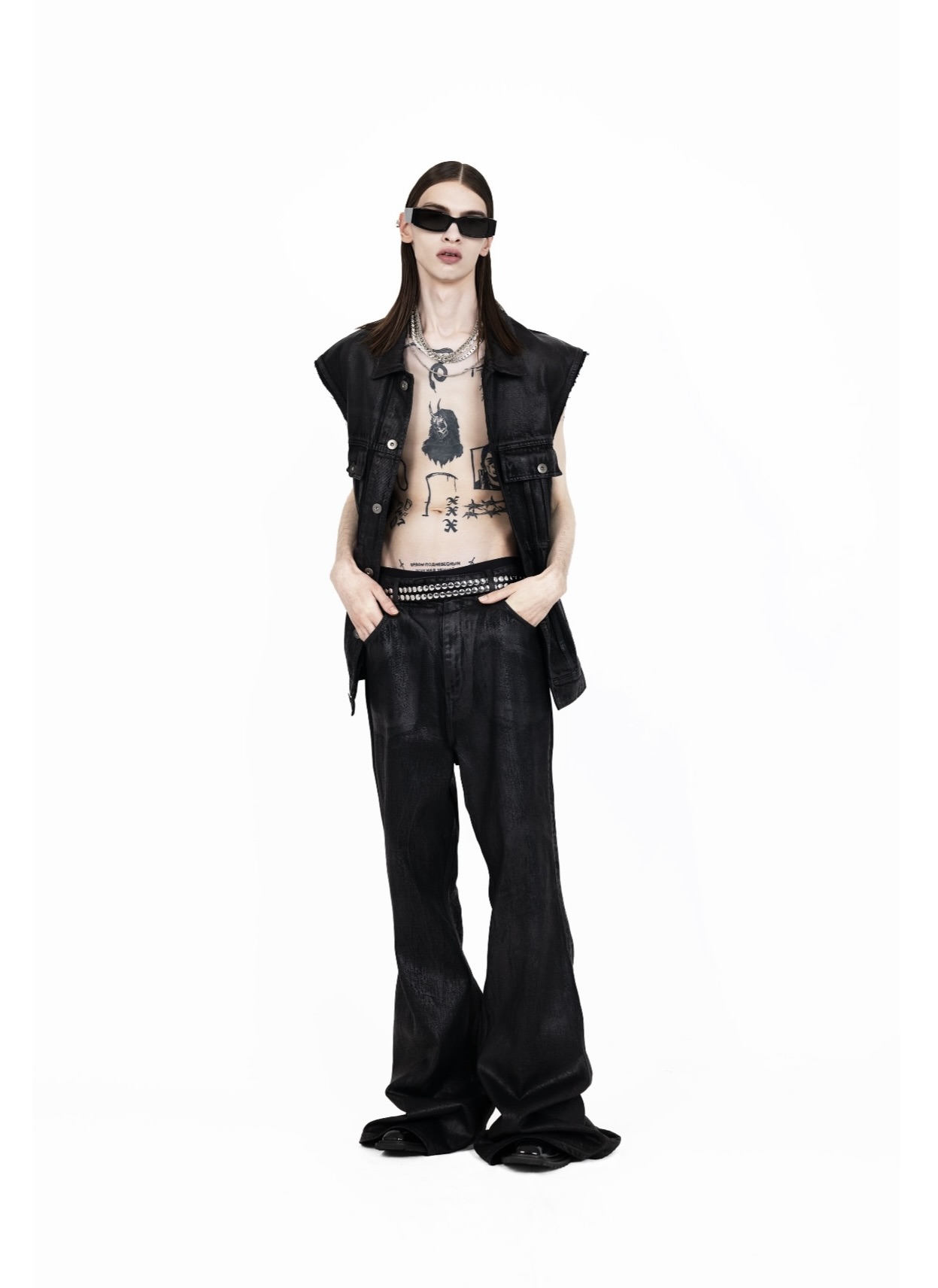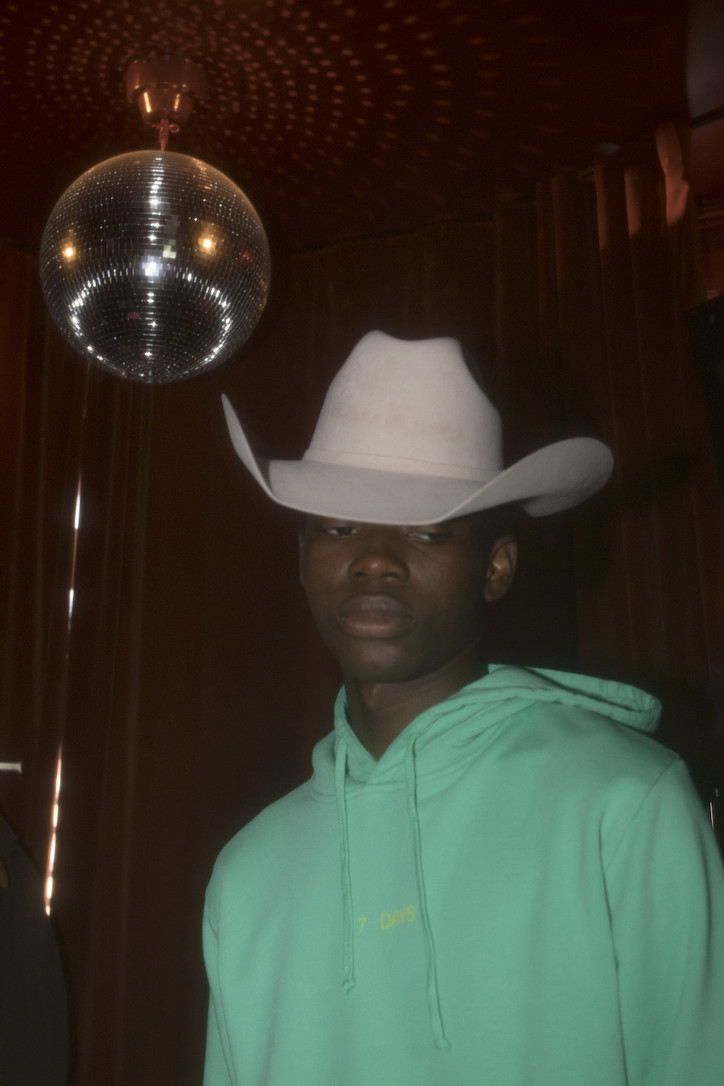Images courtesy of Chet Lo
Stay informed on our latest news!
Stay informed on our latest news!


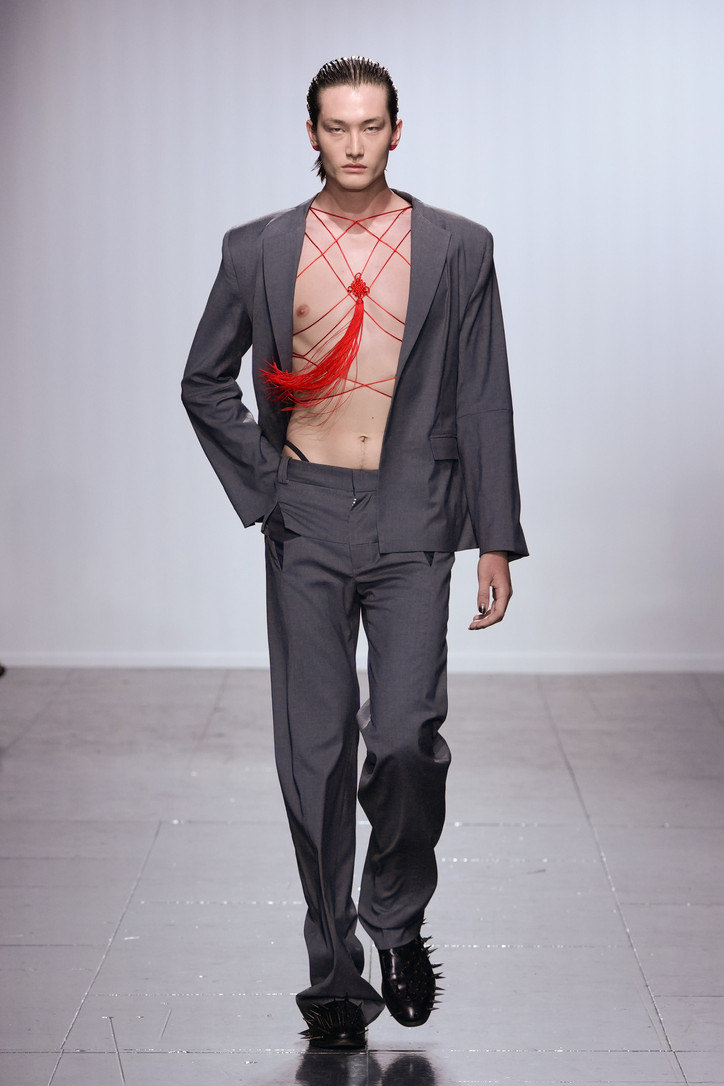
Images courtesy of Chet Lo
On practical terms, the Spring collections weren’t dissimilar to leafing through a diary: amid a sea of designers, the throughline felt clear, yes, yet sometimes a tad ludicrous (particularly the womenswear territory). But like any good journal under lock, there were great stuff in the cauldron, too: upon closer inspection, designers like Chet Lo took an active stand in reclaiming the power lost during his youth, healing the childhood wounds inflicted by a society that sidelined his cultural differences instead of celebrating them. Speaking of celebration, and the socially-minded potency that is able to infuse into clothes, the post-pandemic shift away from minimalist dressing has taken a bent towards a new look. On the women’s side, designers put their spin on Spring’s dominant trend: peplum. For men, there’s tons of structure that seems to veer towards the unisex, with a buoyant appeal for oversize fans. Lately, the mark of a great piece is how convincingly it can make a new offering look versatile. If you want to cross-dress, but aren’t willing to dig into a specific section, there must be options to fit the bill. It’s a big task, but one that British designers are taking to new heights with their play on playfulness and penchant for proportions. But volume is relative.
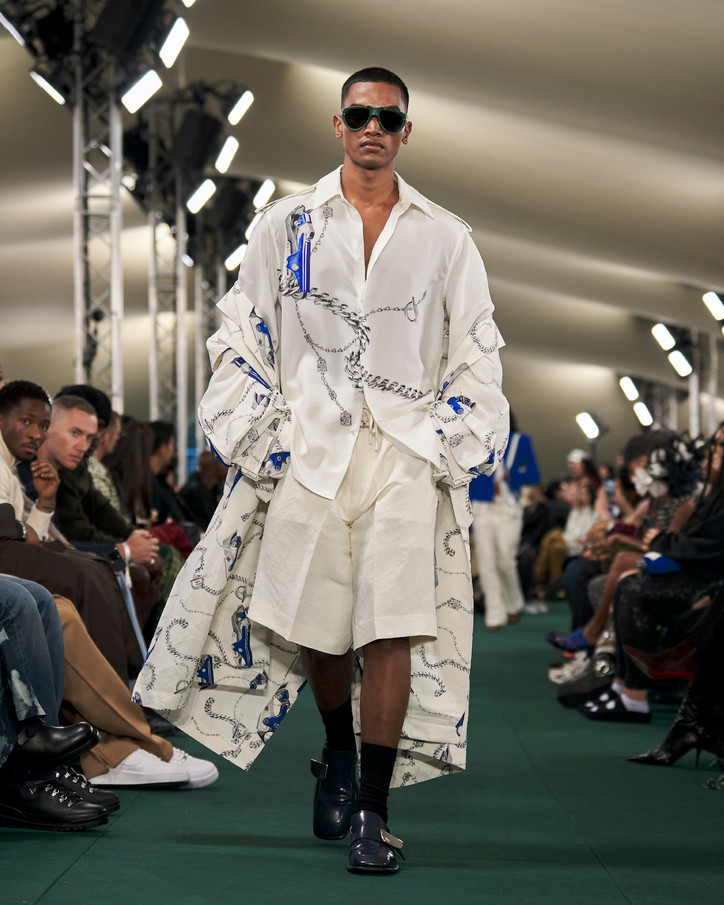

Images courtesy of Burberry
Using this as a baseline, Burberry offered a striking point of departure from all manner of maximalist touchpoints, sliding into a fresh take on minimalist tailoring. However, this season came with a twist: the cinched waists were gentle rather than constricting, print became prominent, while jewelry and hardware became hand-painted artworks with repeated motifs to match. While past collections have expended much effort proposing complex and sweeping shapes, this season qualified as compact — even if, beyond all manner of efforts, it remained unapologetically cheerful.
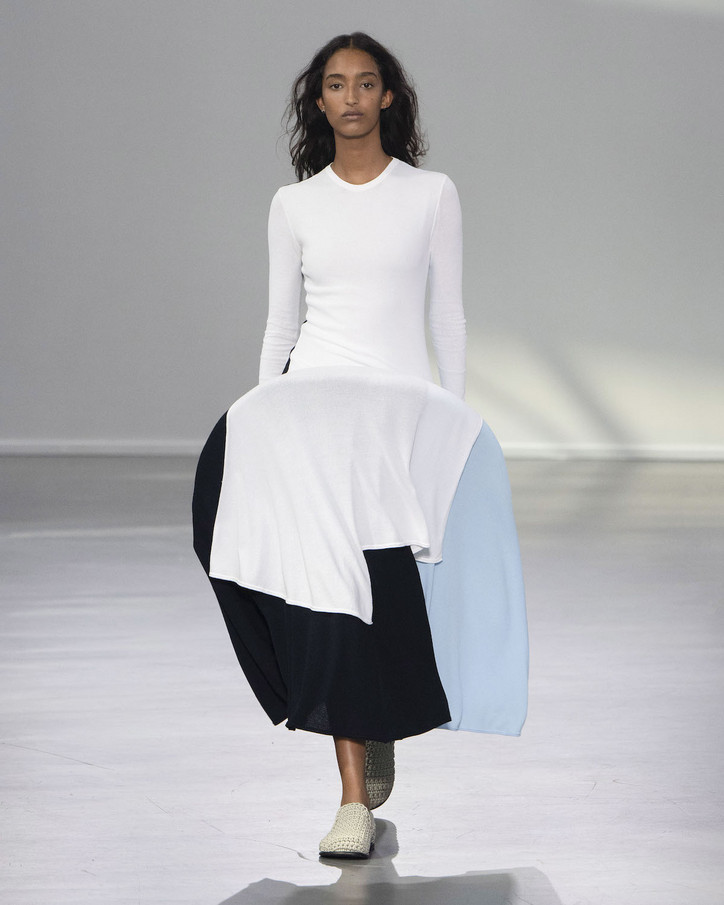

Images courtesy of JW Anderson
That streak of cheerfulness is surprisingly present at London Fashion Week, and surprisingly wearable when done by designers as apt in daywear as Jonathan Anderson: drawing from the mechanics of a garment, clothes JW Anderson’s clothes are “meant to be used, abused, exploited, used as playthings,” the designer unpacked in the notes. He sent out boxy workwear-inspired volumes, highly-practical stirrup pants and louche shirts that brought tailoring into untouched territory — these were a sort of unfussy pieces that have made him a mainstay in the British market: dressed up but inherently casual, they exemplified what Anderson called “a sense of simplicity that is not so simple, [coupled with a] practicality with the impetus of play.” JW Anderson has become a quietly commercial powerhouse, with key strengths being subtle and approachable interpretations of runway developments.
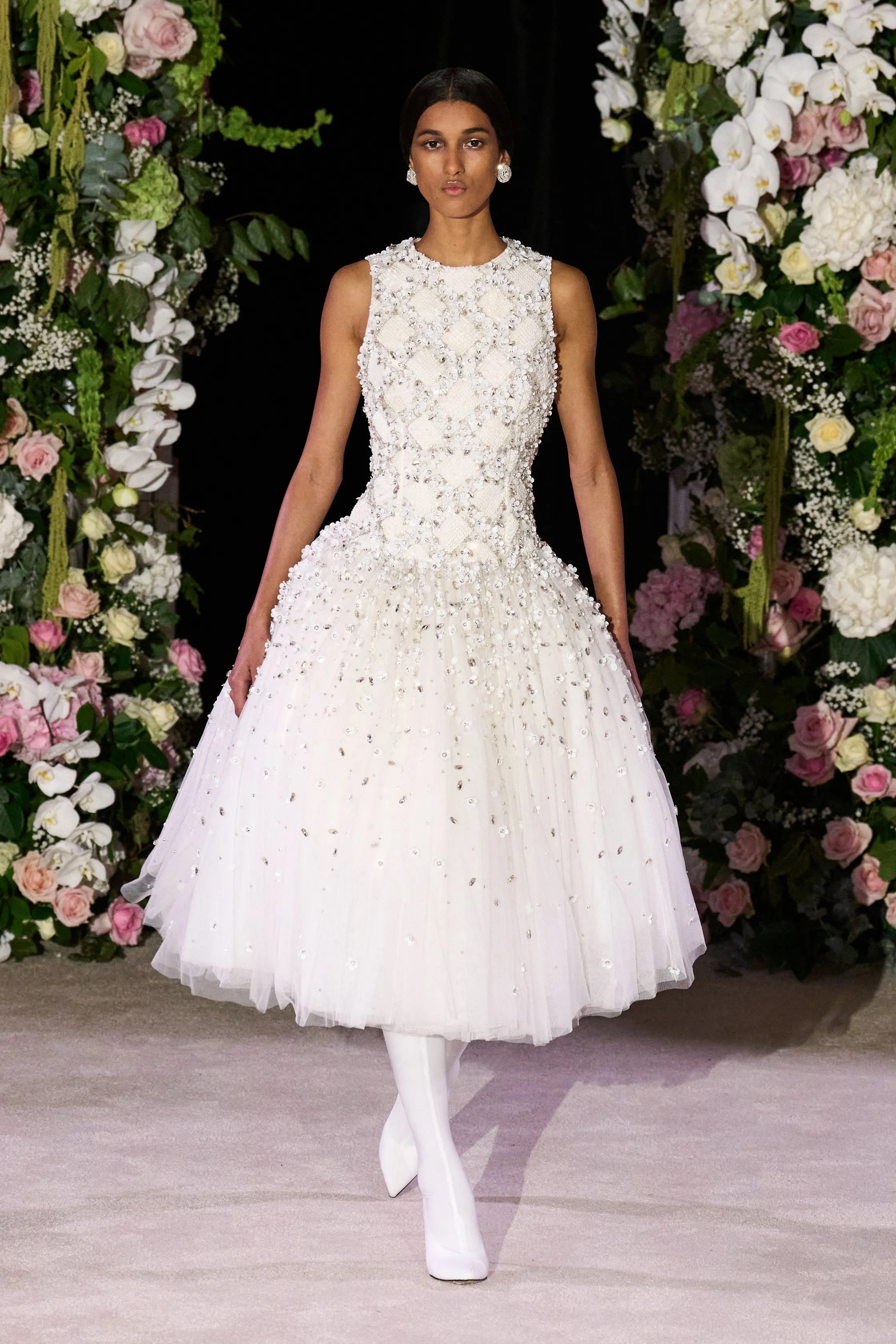
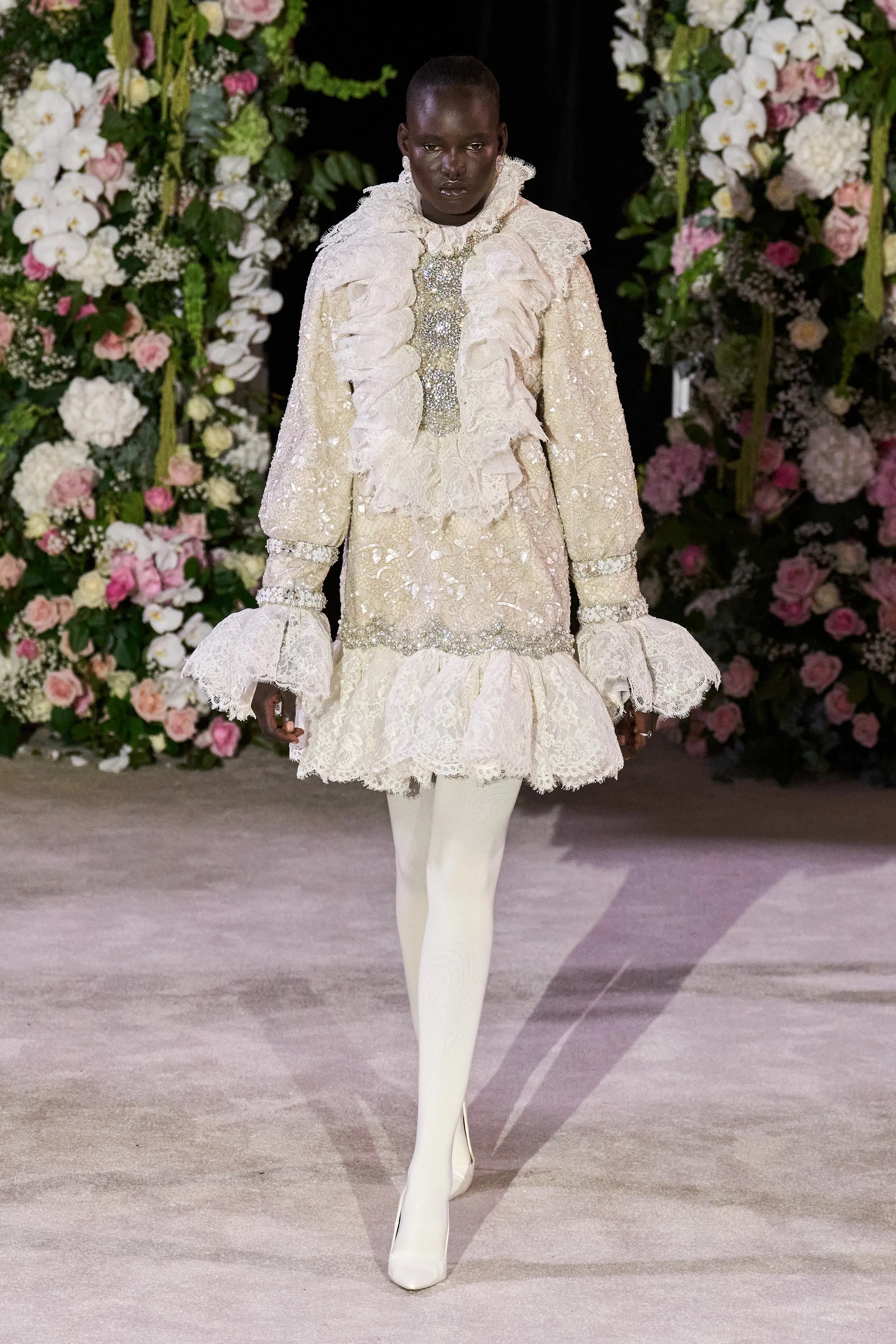
Images courtesy of Richard Quinn
In a city where grand gestures rule, Richard Quinn channeled tranquil feelings through thoughtfully crafted pieces. By all accounts, Quinn has a great past as a pattern cutter, but today he seems to stick to a comfortable fit merged with the brand’s sensibility. As for the embroidered capes and crystal-encrusted mantels, they feel redundant and didn't quite win the race.

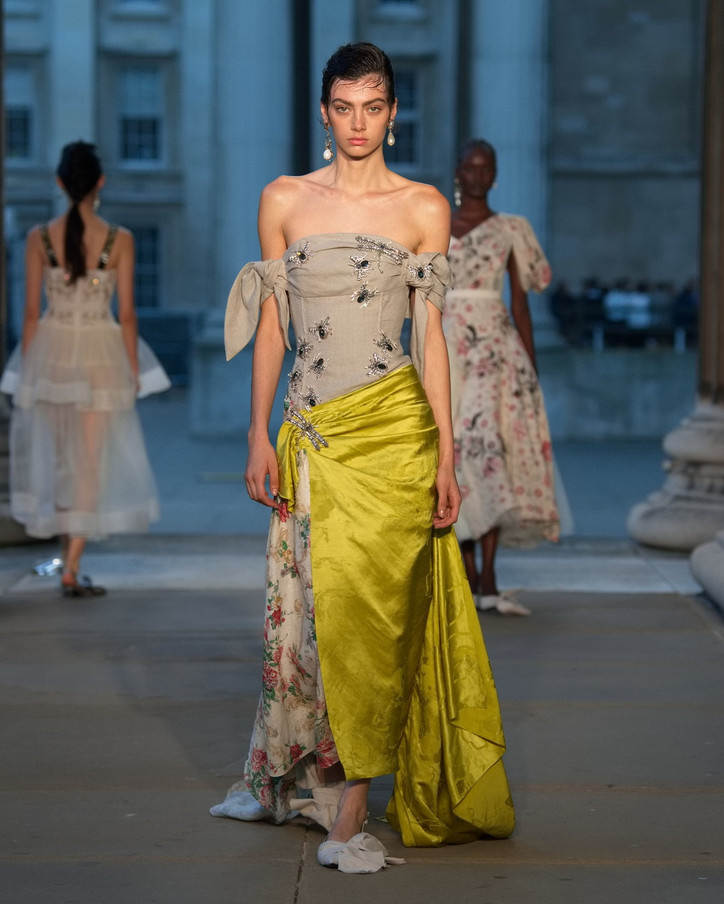
Images courtesy of ERDEM
Erdem’s spring collection was as clean and fresh as their winter counterpart: The journey between inheritance and legacy is often defined by human determination more than fate. For Spring Summer 24, Erdem examined a story of heritage and identity, through the lens of Deborah, the late dowager Duchess of Devonshire, and her relationship with Chatsworth House. This season, Erdem was granted access to the archive of Debo, as she was fondly known by assistants and heads of state. Debo’s dedication to laying the foundations for Chatsworth’s future was remarkable. Whilst houses of similar stature crumbled, metaphorically and literally, Debo’s determination combined with her formidable warmth, ensured that Chatsworth would thrive and endure. Hands on and no nonsense, her Chatsworth hosted presidents and artists, farmers and royalty. An independence that bordered on rebellion underpinned her approach.
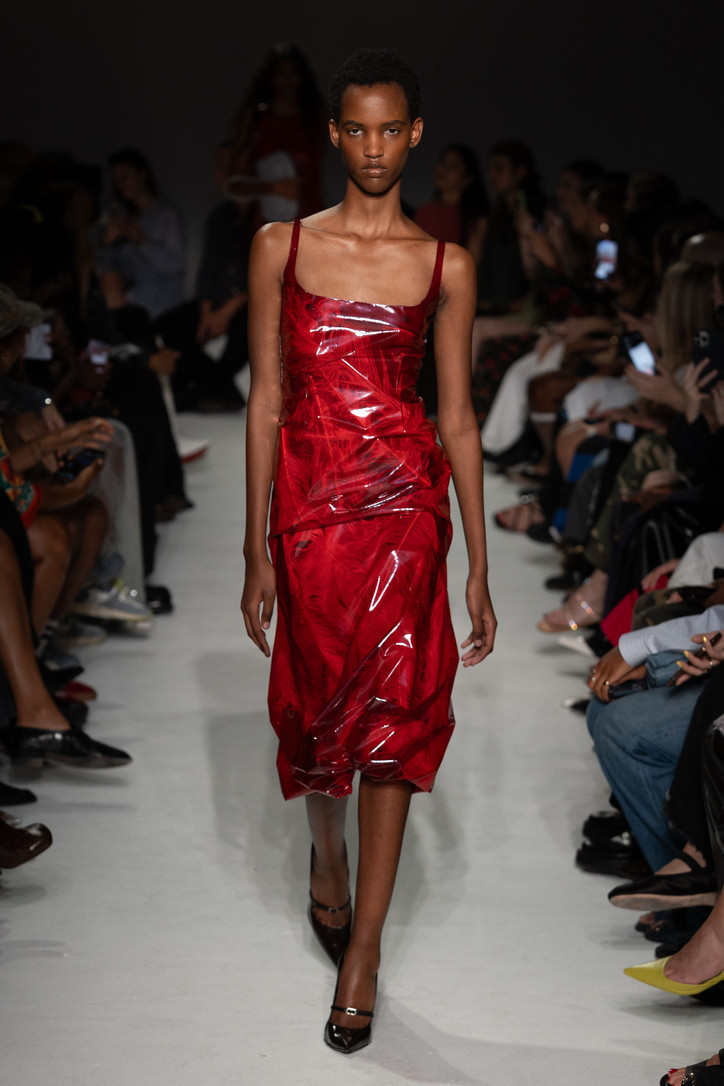
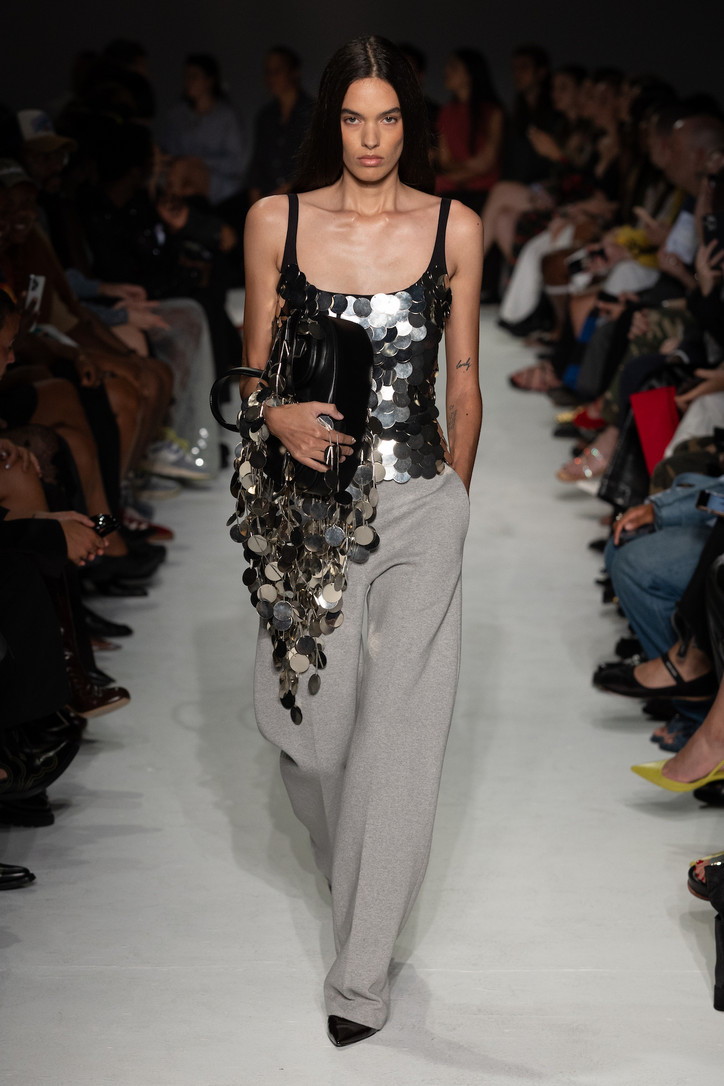
Images courtesy of 16 Arlington
From there on, Marco Capaldo’s 16 Arlington has quietly garnered an impressive reputation for stealthily luxurious clothes that also happen to sell like crazy. So what’s the secret? “It’s the freedom that comes with getting behind the wheel and just driving,” Capaldo says of the season’s starting point. “That sense of potential, of escape. That you can go anywhere, be anyone.” A musing that tangentially reveals a lot about our times, as it happens. For the buzz, (or, more accurately, the high-frequency skirts in macro pleats), there’s Chopova Lowena, who took folklore to the Cornish seaside for Spring/Summer 2024.
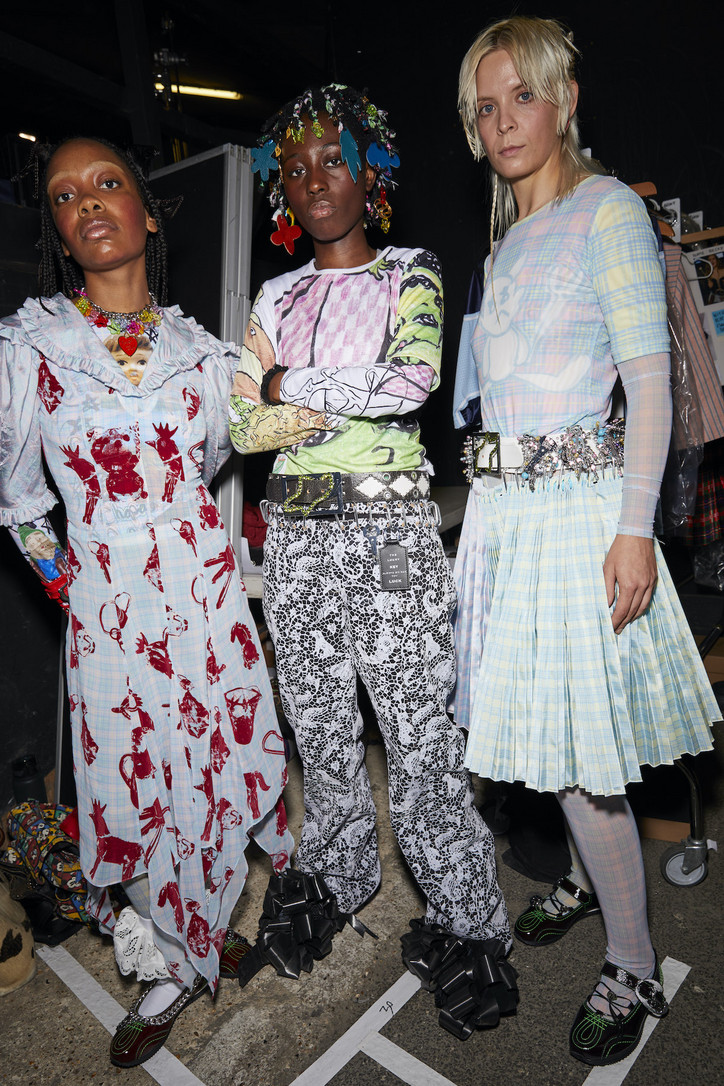

Images courtesy of Chopova Lowena
Designers Emma Chopova and Laura Lowena-Irons celebrated Heston's Flora Day festival, marking the warm and welcome onslaught of summer, bringing forth a stylistic paradox that happens to be on one’s radar: nonfashion fashion. At a time when searching out label-free anonymity in clothes is starting to seem, contradictorily, fashionable, their Spring offerings are a much-coveted, need-to-know lineup of edgy clothes for the downtown girl. And while we’re at it, London Fashion Week rolled out the normalization of underwear (side note: it has a technical bent), with pieces that the nonfashion-fashion hunter is going to feel mighty pleased to have bagged—now, and the next season, too.
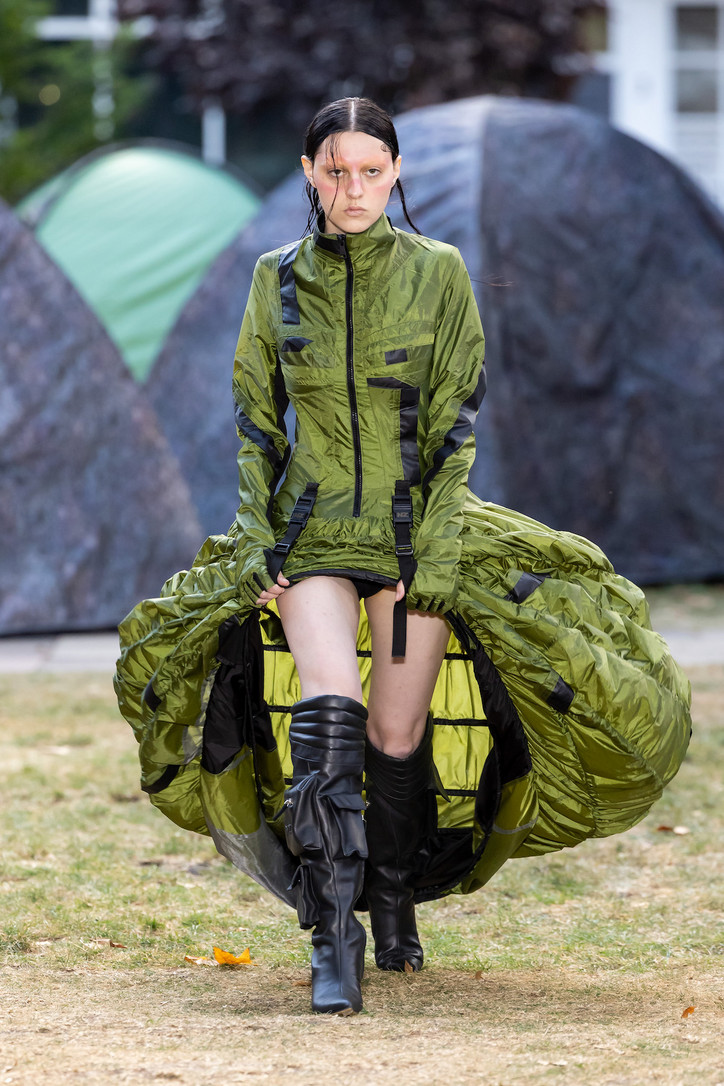
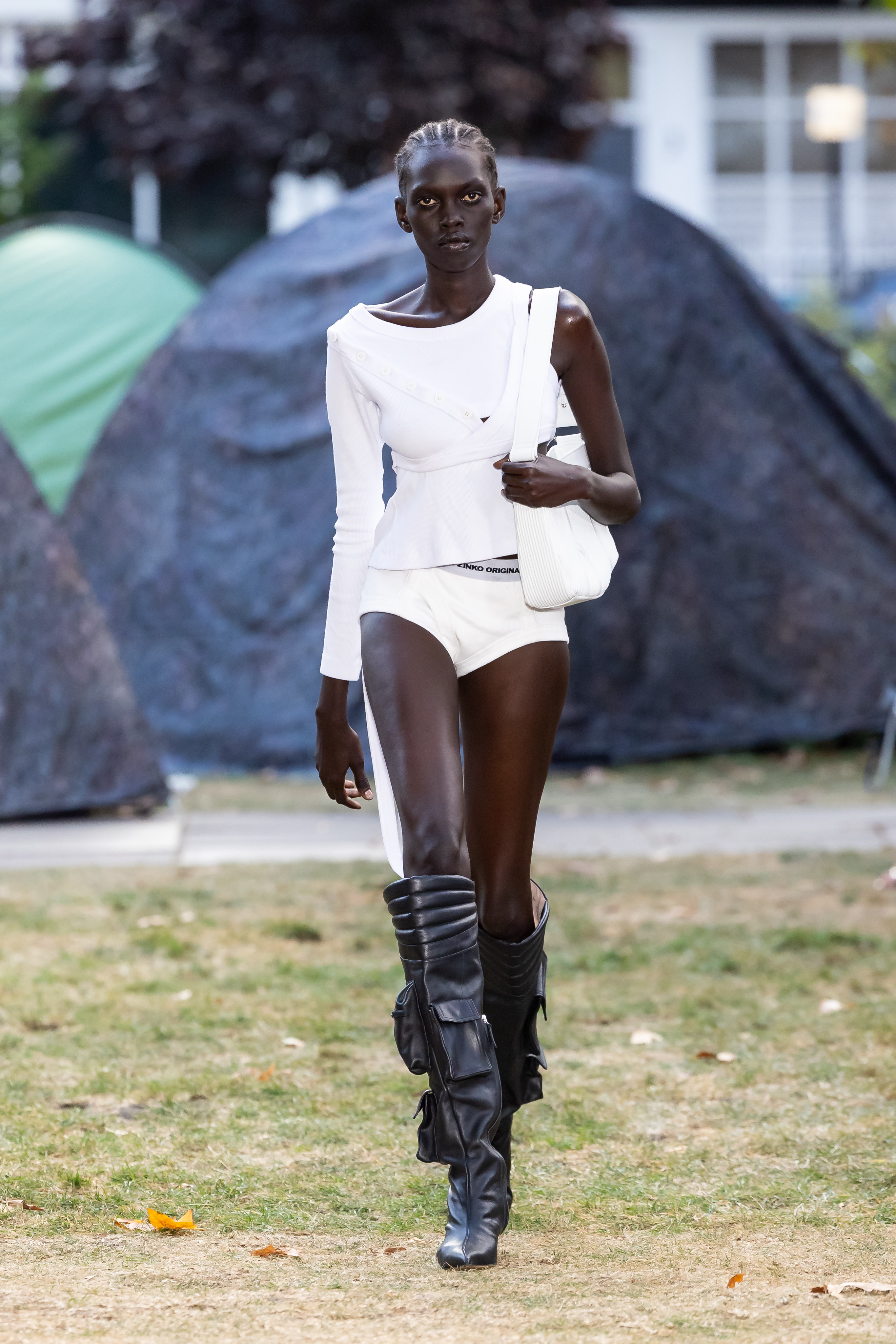
Images courtesy of Natasha Zinko
There’s not much newness to them — the Milan runways have proven such with the likes of 1017 ALYX 9SM, Jordanluca and so forth — but Natasha Zinko managed to pull off a few garbs. “We all wear it; we all travel with it, stuff it in suitcases; so why do we hide it?” Zinko muses, saying it’s time to normalize it.
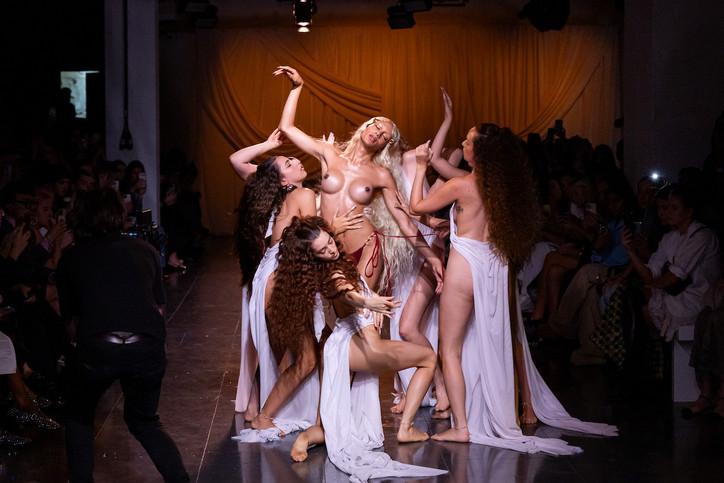
Images courtesy of DI PESTA
A normalization that runs apace in DI PETSA’s representation of womanhood, where all-things sheer — counterpointed to a feel of lushness — took perforated textiles to an extra level of sexy, leaving room for lengthened offerings and the sides of hips uncovered. A few elements of the collection won't make the leap to retail without some serious re-thinking.
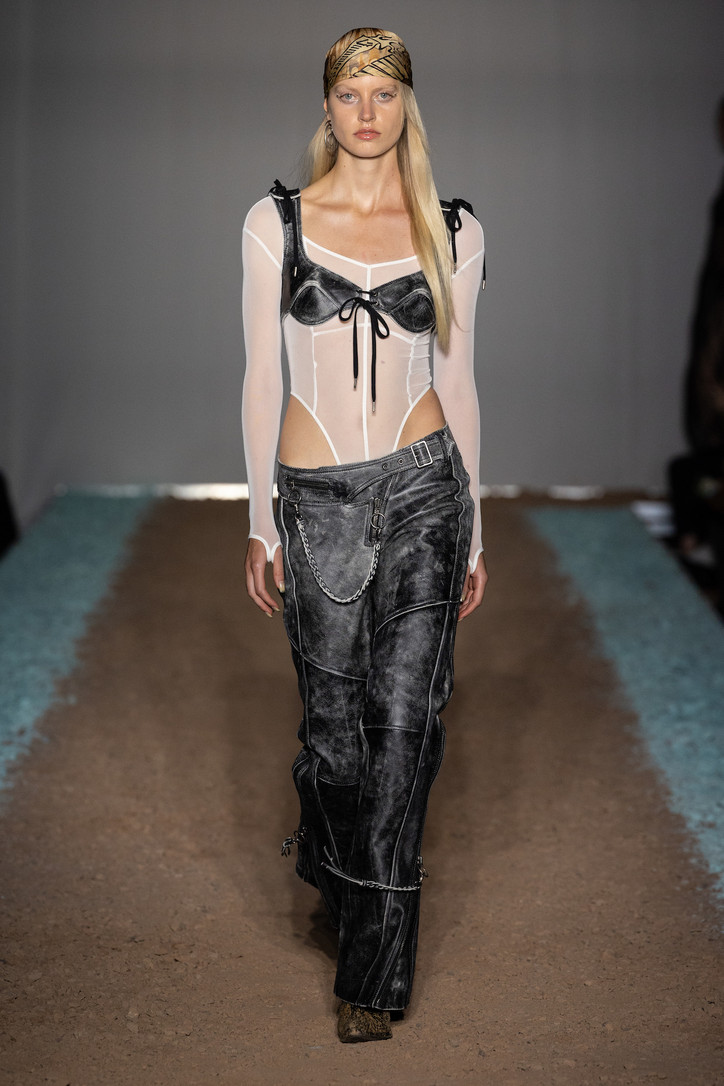

Images courtesy of KNWLS
KNWLS’ armor-like corsets, bras and bags are crafted with the same intent: to emancipate women for the love of women, exploring embellished tassels and braided straps whipping about as she glides by. You could picture a lot of these stepping off the runway and into (London’s) real life, making for something quite so unrestrained and freewheeling. British fashion? Well, it’s not awful. Yet this season, there was enough creativity to appreciate this tightly packed meditation of wearable conundrums. At least, there’s more than enough the English folks can pick to exercise their imagination.
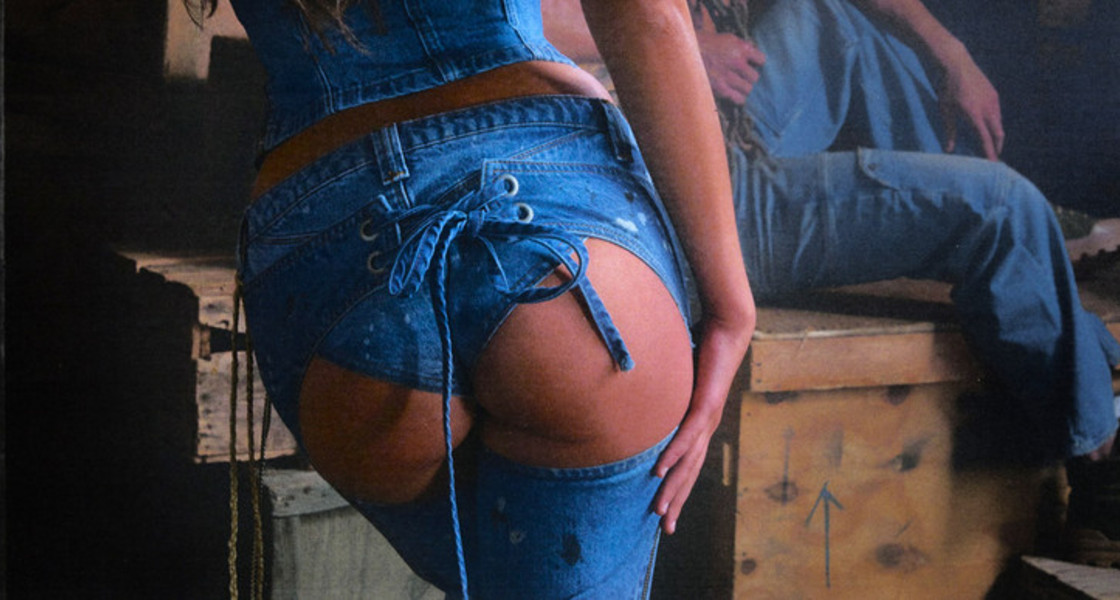
The collection serves as an ongoing dialogue between denim and leather, with materials intentionally "cracked," bleached, and washed out. This pays homage to the brand's rich archive and strives to embrace the enduring appeal of a worn-out vintage aesthetic that transcends passing trends—it's a style that's here to stay.
The silhouettes effortlessly alternate between baggy and form-fitting, with skintight tops paired with pants that could grace any country road, unless your chosen mode of travel involves a trusty steed. Intricate details abound, embellished with lace, fringes, or faux fur, all meticulously crafted in their Los Angeles atelier.
As for the campaign, it boldly celebrates the human form—breasts, chests, and derrieres all take center stage. Eli Russel, the visionary behind the lens, expressed his desire to not only convey the texture of the collection but also to narrate a visually compelling story that pays homage to GUESS's legacy of provocative imagery. He aptly draws inspiration from those iconic Claudia Schiffer moments of the late '80s.
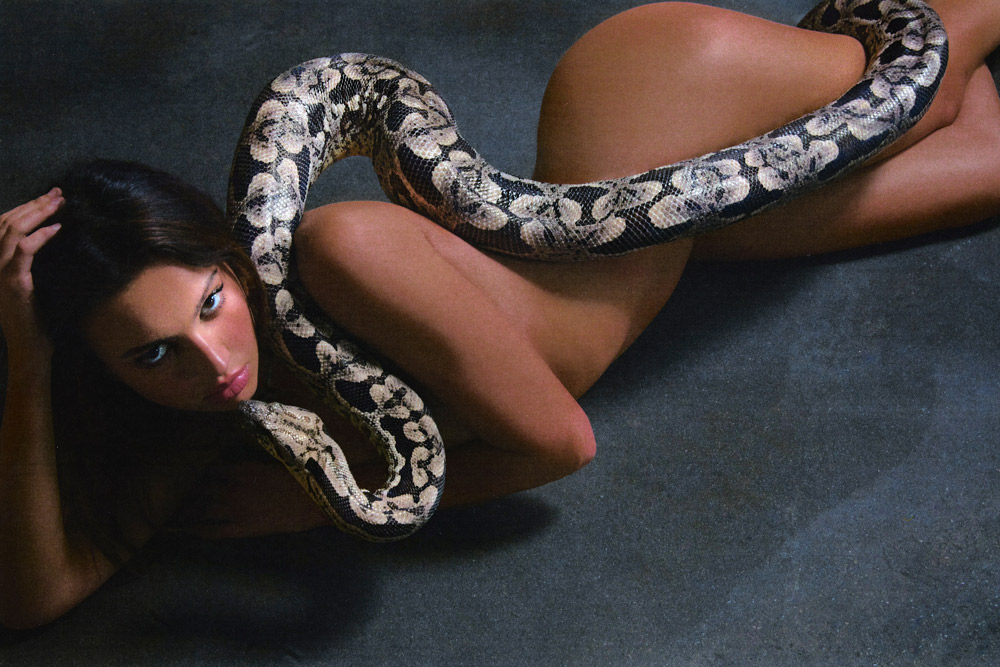
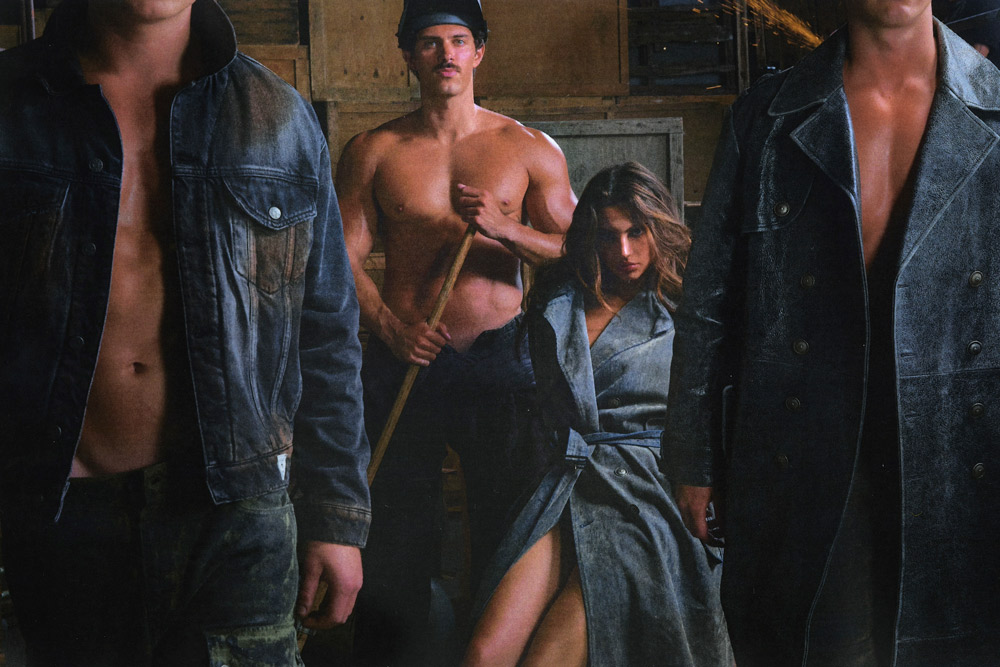
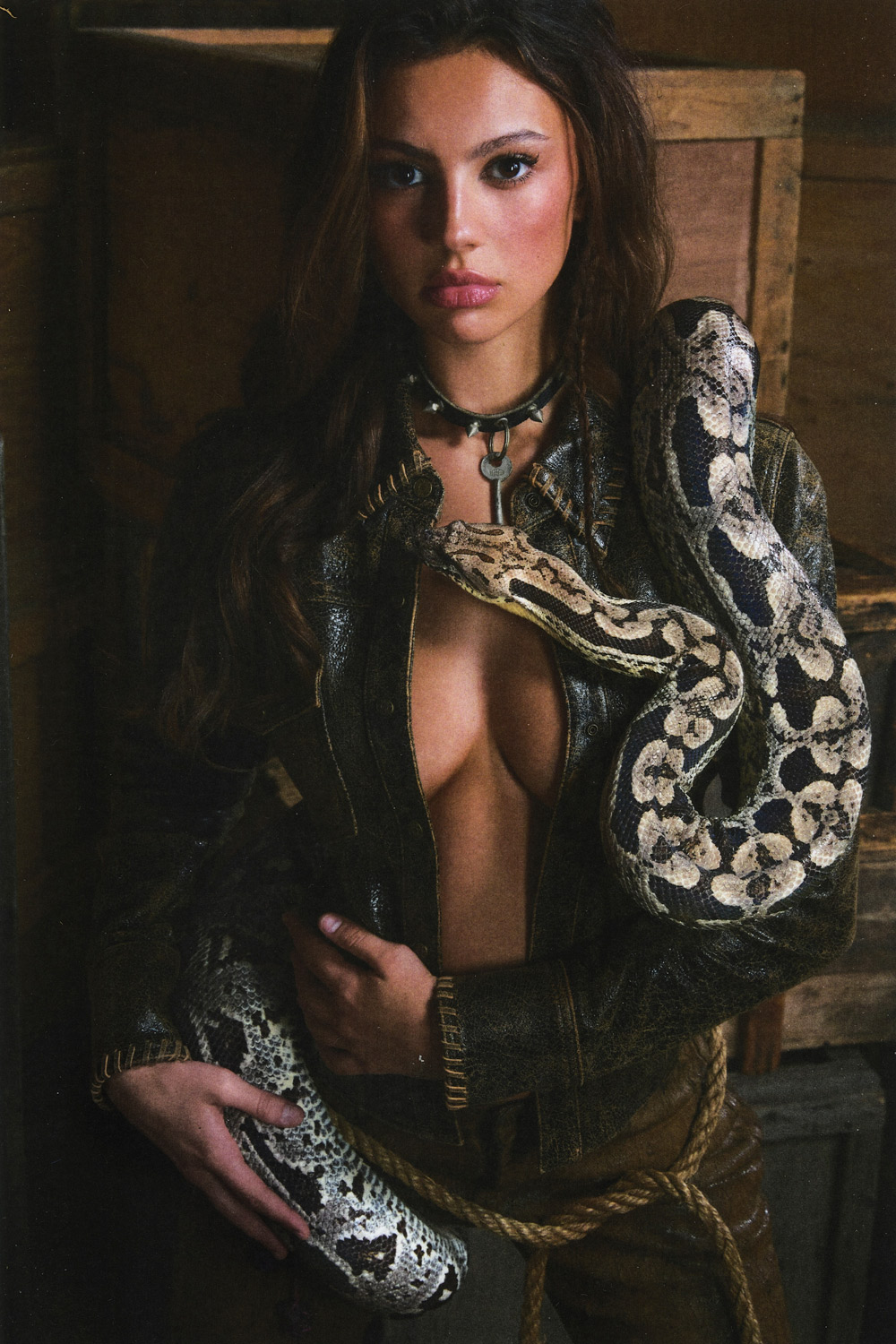

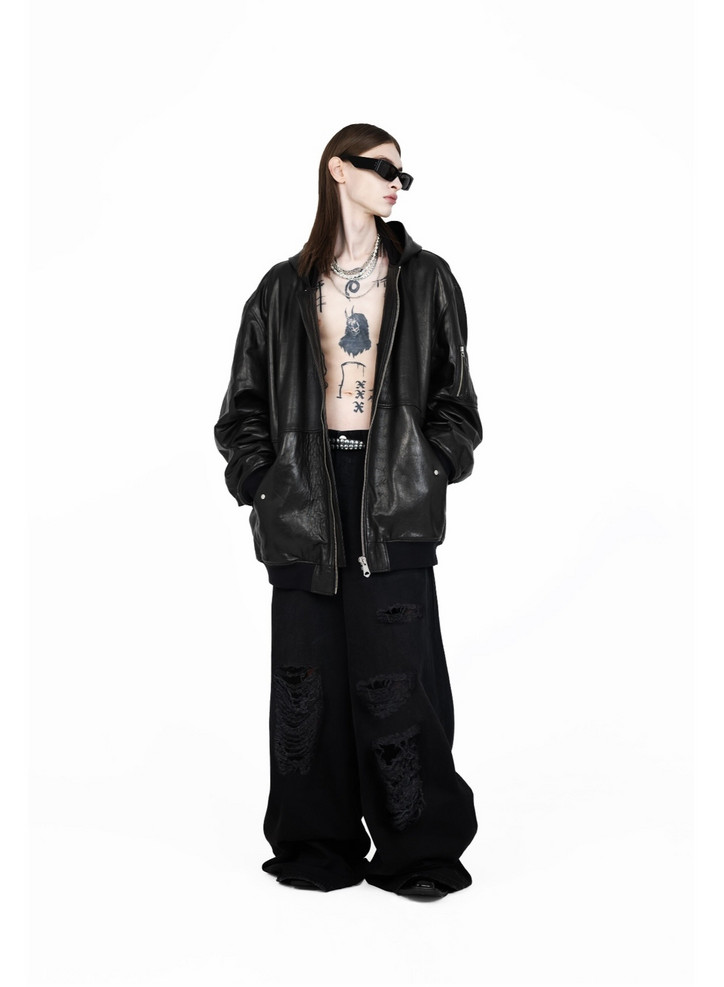
With the underground culture as their canvas, DET BLEV SENT fosters a dialogue between nostalgia and rebellion, a reflection of the brand's signature blend of sentimentality and defiance. In this season, innocence finds expression through leather, denim, and faux "fur," which form the essence of oversized parkas and slimmer vests. The hoods are detachable, and the jackets are generously equipped with pockets to accommodate all the necessities for navigating the endless journey of self-discovery.
Despite being only the brand's second collection, DET BLEV SENT appears to have a well-defined narrative, punctuated by studs adorning every conceivable detail: belts, chokers, and chains. While catering to an already established community might not pose a significant challenge, for those who seek to capture the attention of the world beyond the soundproof concrete underground, pushing the boundaries of experimentation may be necessary. Yet, it's possible that the collection primarily caters to those who never sleep, those who discover their souls through the rhythmic heartbeats of the dancefloor. It offers a democratic yet exclusive experience, a testament to the brand's bold vision.
